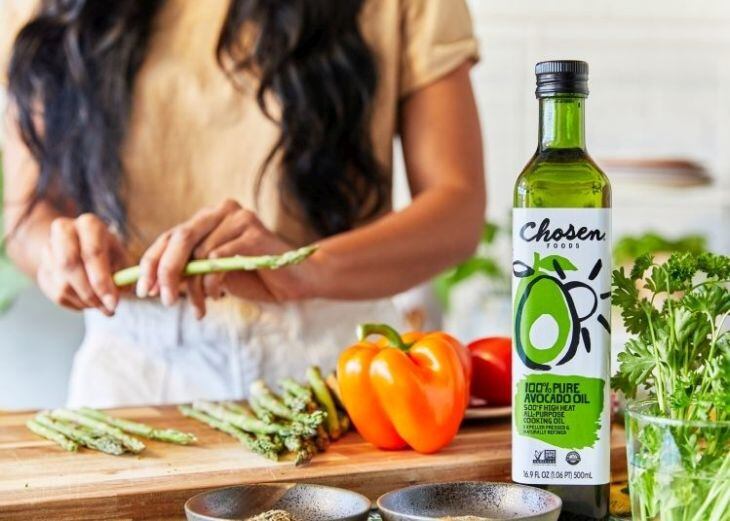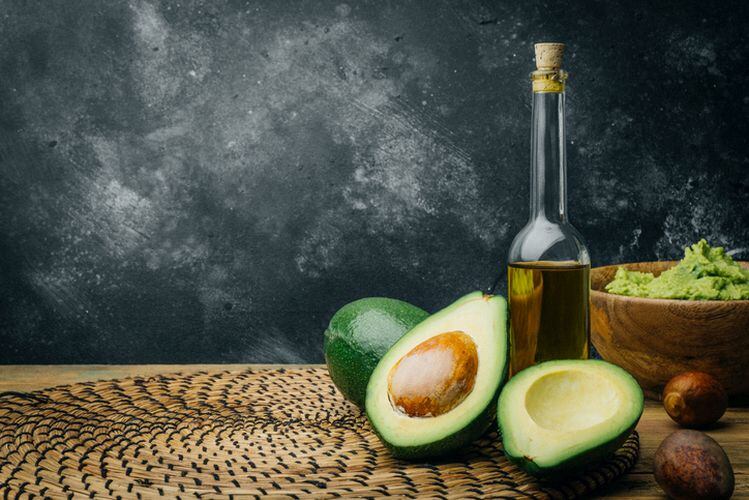In the study – published in the journal Food Control – Dr Selena Wang and Hilary Green from UC Davis tested 22 samples from retail and online stores from all the major domestic and imported brands and oil types (eg. refined, extra virgin etc) and found six were adulterated with other oils (soybean, sunflower, safflower), while 15 were rancid (oxidized before the expiration date), degrading the oils’ flavor and health benefits.
‘When the oil becomes rancid, it loses the natural antioxidants and vitamin E over time’
The fact that stale avocado oil appears to be the rule, rather than the exception, suggests there’s an urgent need to develop standards, not only to ensure that consumers receive high quality products, but to establish a level playing field in the industry, said Dr Wang, associate specialist in Cooperative Extension at the Department of Food Science and Technology at UC Davis.
“When the oil becomes rancid, it loses the natural antioxidants and vitamin E over time," she told FoodNavigator-USA.
"And second, there’s some research that suggests that oxidized lipids have negative health effects and increase the risk of neurodegenerative diseases. As the antioxidant level goes down, the smoke point also decreases, so it impacts performance as well.”
‘Rancid oil tends to have a greasier mouthfeel’
From a sensory perspective, meanwhile, a lot of consumers are “so familiar with the smell of rancid oil that they think that’s what oil should smell like,” claimed Dr Wang.
“If you want to know what rancid oil smells like, open a bag of walnuts that’s been sitting in the cupboard for months; walnuts go rancid super-fast [as they are high in healthy polyunsaturated fatty acids, which are less stable]. Rancid oil also tends to have a greasier mouthfeel.”
But how badly oxidized were the sample avocado oils tested, and were most that UC Davis classified as ‘rancid’ just starting to go stale, or were they well past their prime?
“Because we don’t have any rules on this, you can’t say for sure what the threshold is, which is why we need standards,” said Dr Wang.
“Some were on the border, and some were very oxidized, and bear in mind that some of the oils that were quite oxidized based on several different oxidation markers still had a year of shelf-life remaining.”
When it comes to best before dates, meanwhile, there is no standard practice, added Gabriel Perez-Krieb, chairman and CEO at Chosen Foods, the only brand in the study (along with Marianne's) with products that were pure (unadulterated) and non-oxidized (not rancid/stale).
“In our case, we code the best before date as 18 months from the date of production, and that’s on the label," he told FoodNavigator-USA. "But some companies put it three years out, and you don’t know when it was produced.”
Storage and packaging
But why are the oils going rancid?
A combination of factors from using damaged or rotten fruits as source material (some of the products were “probably rancid almost from the get-go,” as the fermentation process kicked in before production, suggested Perez-Krieb), to extreme and harsh processing conditions, improper or prolonged storage, and container type (samples in the study were in a variety of packaging materials from dark glass – the best - to tin bottles, clear glass, and clear plastic – the worst).
“A darker bottle will help as not as much light gets in [which contributes to oxidation],” added Perez-Krieb.
“A high level of free fatty acidity shortens shelf-life, so if it has a higher level at production, it’s naturally going to have a shorter shelf life,” noted Dr Wang, so it’s not just a case of saying all brands should set a shelf-life, of, say, X months, and this will solve the problem, she observed.
Adulterated oil
In volume terms, adulterated oil (where other, cheaper oils are mixed with avocado oil) probably only counts for a small percentage of the market, said Perez-Krieb.
“When it comes to refined avocado oil, which is the market we’re in, the biggest volume is going through the club stores, and the two biggest brands in the study that were pure and unadulterated are identified with a strong presence in club, so when we talk about the volume of avocado oil, probably about 70% of that by volume is a good quality oil. The rest comes from less reputable sources.”
In some cases, adulteration is due to cross contamination, he said, “but in others – where 50% or 100% of the ‘avocado’ oil is in fact soybean oil, it’s clearly deliberate. That’s why we are a big champion of standards so there are consequences for companies cutting oils.”
If the price looks too good to be true, it probably is…
So standards and testing are important, he said, but in the meantime, what can consumers and retail buyers do?
For a start, look at the price tag, he said. If the price looks too good to be true, that’s probably because it is: “Not all retailers and channels have the same margin structures and so on, but if you’re comparing apples to apples at the same store it’s easy to identify from the price point which ones could be at risk.”
Education is also key, he said. “This is the first public study that tested particular brands of avocado oil on shelf, and as you can imagine, after this study came out, a lot of retailers and brands have been looking into this and reaching out to Selena, who has been incredibly open to educating companies to further the conversation.”
Dr Wang added: “Prior to this study, we did a lot of work on olive oils, and several retailers have come to UC Davis, tasted oils, and talked about lab results they have been sent from producers. Attitudes have changed in the last 10 years, there’s been a huge shift, in part because consumers were putting pressure on the retailers.”
Standards
So, what happens next?
Ideally, there will be a partnership between industry and academia to collect the data to form the basis of a standard that could be drawn up by regulators, she said.
Perez-Krieb added: “Codex [Alimentarius, international food standards, guidelines and codes of practice provided by independent international risk assessment bodies or ad-hoc consultations organized by FAO and WHO] has already done some work on this. It just needs to move up the priority list.”
* The study (First report on quality and purity evaluations of avocado oil sold in the US) was published in the journal Food Control. Oil quality was determined using free fatty acidity (FFA), peroxide value (PV), and specific extinction in ultraviolet (UV) absorbances in addition to chlorophyll and tocopherol content. The authenticity of the oils was assessed using the fatty acids, sterols, and triacylglycerols (TAG) profiles.
The majority of the 22 samples were of low quality with five of the seven oils labeled as ‘extra virgin’ having high FFA values, while six of the nine ‘refined’ oils had high PV. FFA, PV, and specific extinction in UV data demonstrated that these oils have undergone lipolysis and oxidation, respectively," said Dr Wang.

Recent data from SPINS shows that avocado oil has continued to gain traction with US consumers, with sales in natural and conventional channels combined growing 24% in the year to March 22, 2020 on top of 28% growth the previous year, while coconut oil sales continued to slide, slumping by -19% two years in a row.
Chosen Foods (pictured above) is the only brand in Dr Wang's study (along with Marianne's) with products that were pure (unadulterated) and non-oxidized (not rancid/stale).

